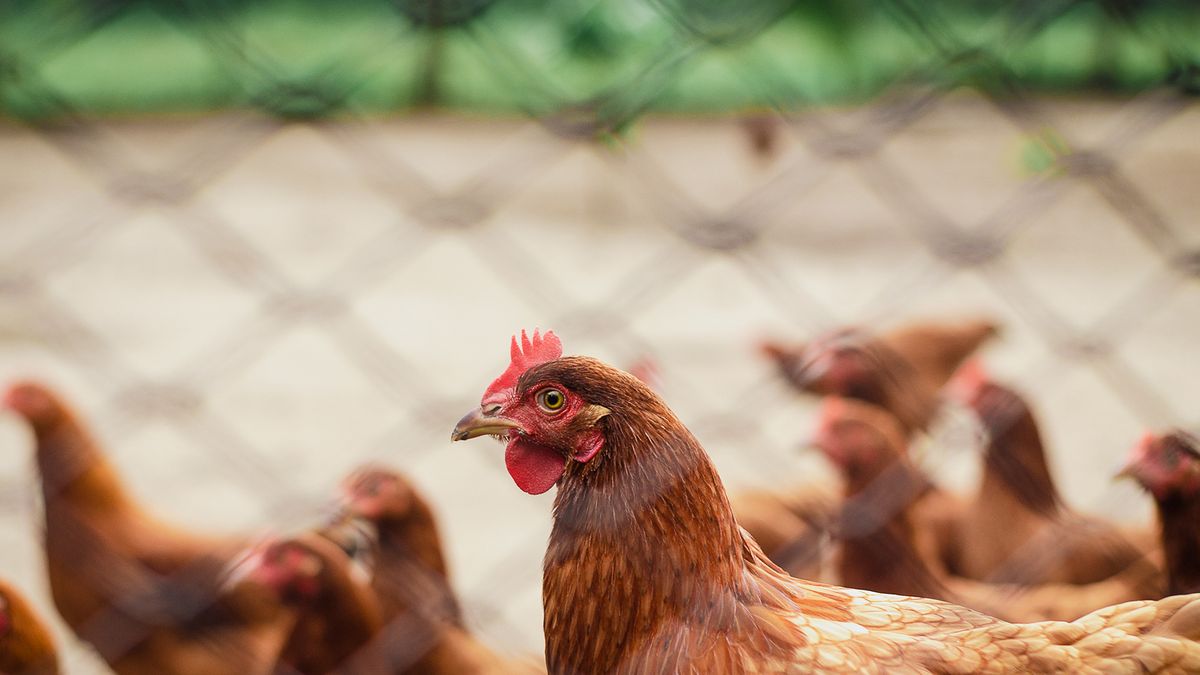They urged that before the sighting of sick or dead birds or marine animals do not touch or move them and immediately contact the SAG or Sernapesca.
“We reviewed the response protocols in the face of the animal health epidemiological situation that has been advancing in the world. Chile has kept its efficient responses and investigations active to identify avian influenza. It is about preventive coordination to prevent this contagion in animals continue advancing on the Chilean coast, and in this sense, health work is intensified to have an epidemiological response when required,” said Fernando González.
The H5N1 avian influenza is a fast-spreading viral disease that primarily affects birds. and it has no treatment. Despite the fact that it is predominantly widespread in wild birds, there is currently already one case of interspecies contagion in Chile.
It’s about a sea Wolfwho tested positive in Antofagasta (extreme north of the country), last week, said Soledad Tapia.
“It is important to point out that we have only one confirmed positive case for avian influenza, and we have reinforced our joint work with SAG, to continue sampling cases with symptoms associated with avian influenza. The most important thing for citizens is to keep their distance from marine animals stranded alive or dead“, stressed the official.
Till the datethere have been positive cases of avian influenza in wild birds between the regions of Arica and Parinacota to Los Lagos, with the exception of the Metropolitan region, Los Ríos and La Araucanía.
The national director of the SAG explained that “this variant of the disease is present in 11 regions of our country and 25 types of bird species affected. Together, as public bodies, we redirected the avian influenza campaign because we need the public to collaborate.”
The services have already activated the joint action plan and the institutions have professionals in all regions. They have prepared both joint and autonomous action protocols, as well as training for sample collection, the correct use of personal protection elements, and the availability of help desks to receive complaints 24 hours a day.
Highly pathogenic avian influenza (HPAI) affects both poultry and wild birds. Waterfowl and shorebirds are considered the natural reservoirs of these viruses and do not usually get sick,
Avian flu in Argentina
A similar scenario is taking place in Argentina. 12 cases of bird flu have already been detected. The cases were registered in the towns of Villa del Rosario (Río Segundo department), General Deheza (Juárez Celman) and General Baldissera (Marcos Juárez), in Córdoba.
Senasa is working on sanitary and raking actions in all regions where the findings were made. The regional authorities of Senasa reported the status of the situation, lines of contact, recommendation measures and new regulations in a meeting with representatives of the poultry chamberwho expressed their support for the health actions carried out by the national body throughout the country.
In addition, They carry out rakes throughout the Province and 11 route controls were carried out in which agents from the Córdoba del Senasa Regional Center, the Provincial Ministry of Agriculture and Livestock and the provincial Police participated.
The Government issued a warning to the community and recommendations on the management of birds:
- Reinforce the management, hygiene and biosecurity measures of their poultry farms
- Immediately notify any detection of nervous, digestive or respiratory clinical signs, decreased egg production, water or feed consumption and high mortality in domestic or wild birds.
- Take all preventive measures
- Do not handle the birds when these clinical pictures are detected
He Government also established “extraordinary sanitary measures” to stop the spread of the bird flu. The Ministry of Economy also announced measures to stop the spread of the virus and the impact on producers:
- Raking of the outbreak areas in wild birds and backyards to identify other sick birds; ¨
- Reinforcement of controls and epidemiological surveillance actions at border posts, at all border crossings, with Chile, Bolivia and Uruguay;
- Vehicle disinfection, passenger control;
- Mobilization of agents specialized in birds and emergency management from other departments or regional centers of Senasa, to the offices located on the borders;
- Continuity in awareness campaigns for early notification; awareness,
- Training and recommendations for the effort in biosecurity measures in commercial farms, and
- Articulation together with other public entities in the surveillance and control of the movement of birds, products and by-products of birds.
Source: Ambito




